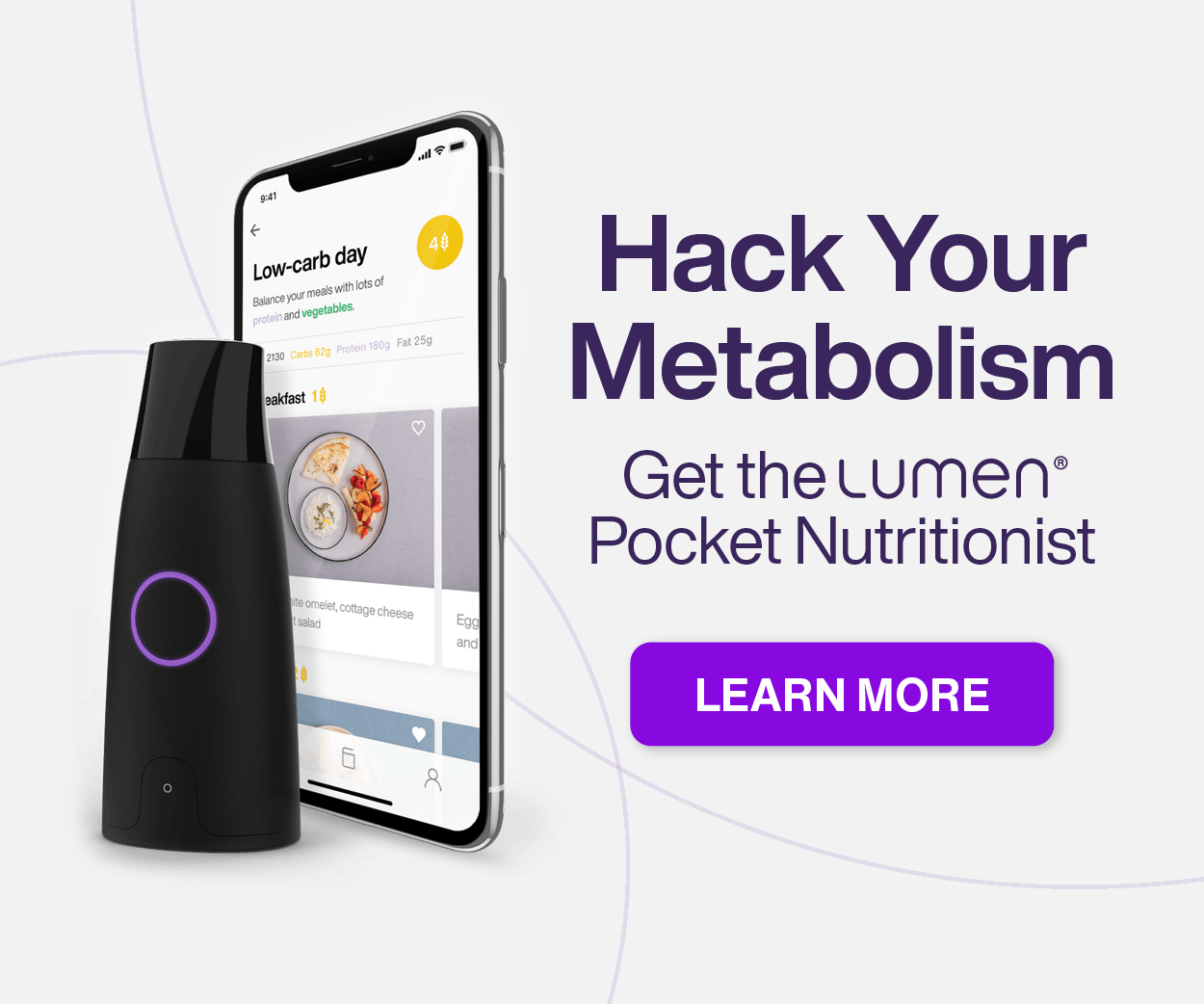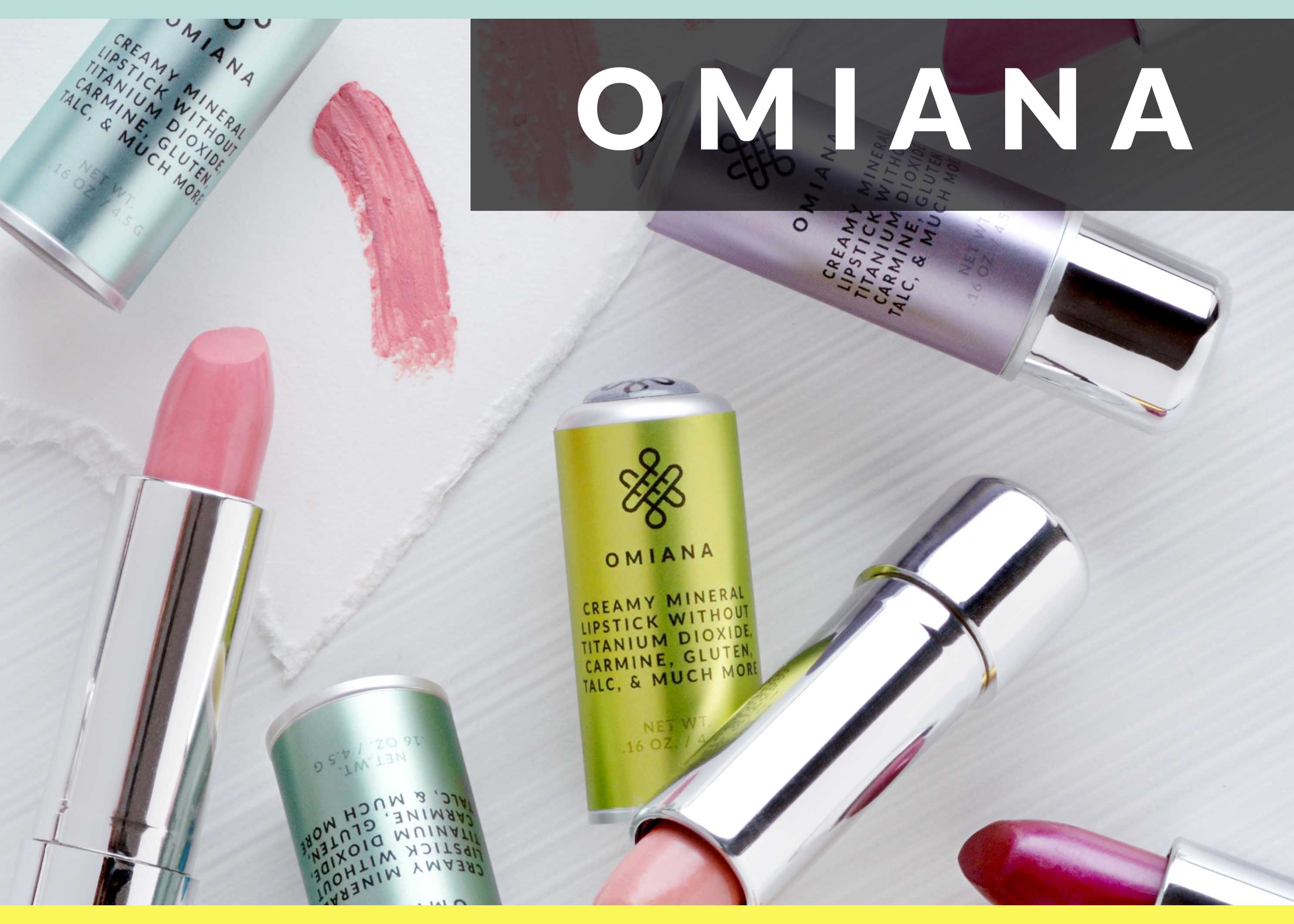By: Stephanie Heino and Natasha Uspensky, CHHC

When it comes to satisfying the occasional sweet tooth, I am very anti artificial sweeteners (Aspartame!). The trouble with these no-calorie additives is that they are essentially invisible to your brain’s satiety center, so they really don’t fix the sweet craving you have, and usually makes you crave real sugar even more and you end up in the cookie jar, anyway. Plus, they have been linked to cancer and other serious health concerns. Today “natural” sweeteners are covering the shelves as a great substitute, but it can be confusing, to say the least, to actually know which one is the best for you. You are probably familiar with the many varieties of natural sweeteners that line the supermarket shelves: agave, turbinado, stevia, maple syrup, brown sugar, organic brown sugar, coconut sugar, blue agave, honey. Quite overwhelming, right? It seems that within the past few years, more types of sweeteners are available and are increasingly popular. Along with this growing popularity comes confusion. Will sweetening my plain yogurt with blue agave syrup make it healthier for me? Is it better than using honey? What about Stevia? I hope to clear the air on this issue a little by describing the three different types of sweeteners that I recommend when it comes to sweetening things up!
Healthier Sweeteners
Agave. Agave is a type of sweetener that comes from the same plant used to make tequila (whoa!). The agave plant has many different species found in Mexico, South America and the southern United States. Agave syrup is made from the core of the plant and is typically added to drinks and energy bars. You can also buy agave syrup to add to foods and drinks at home. It is similar to the texture of maple syrup and comes in a light or dark color, both differing in flavor. Nutritionally, agave nectar contains 60 calories per tablespoon or 20 calories per teaspoon. So don’t load up on it if you plan on squeezing into your favorite skinny jeans. It is one sweetener that is considered to be a low glycemic index food (doesn’t raise your blood sugar as fast or as much as sugar!), but according to the American Diabetes Association, agave should be consumed in moderation even though it is lower on the glycemic index than other sweeteners. I like to use it in baking, but stick to another of the sweeteners below for things consumed daily, like your tea or coffee.
Stevia. Stevia is a type of plant or shrub found in South America. Once considered a dietary supplement by the Food and Drug Administration, stevia was approved for use in food products in 2008. However, the FDA only approves specific highly refined stevia products, such as those manufactured by McNeil Nutritionals and Cargill. Stevia is many times sweeter than regular sugar, so is used in very small amounts. It comes in individual packets as well as liquid form. You might also see it in some processed food products. Stevia is “virtually” calorie-free. In other words, the product does contain calories, but it is negligible when the amount consumed is taken into account. My favorite brand is NuNaturals, preferably the alcohol-free liquid stevia. It is very sweet, but does not have the aftertaste of artificial sweeteners such as most of the other stevia brands I tried. Stevia is perfect for daily use in beverages!
Honey. Honey is much like maple syrup in that there are many types of varieties. Honey can take on different flavor profiles depending on the honey bee’s plant source. You may have noticed clover honey, blueberry honey or orange blossom honey, as well as many others. Nutritionally, the types and flavors of honey are the same. One tablespoon of honey contains 64 calories or appoximately 21 calories per teaspoon. I recommend using a raw honey, which will give you the ultimate nutrients. Honey contains vitamins and minerals, including zinc, magnesium, vitamin B-6, folate, niacin, riboflavin and panthothenic acid, which makes it very nutritious. Remember though, honey should not be given to infants because it can lead to a dangerous type of food poisoning known as botulism!
The point to remember when evaluating various types of sweeteners is that they all contain calories and should be consumed only in moderation. Just because a food is made with agave nectar, does not mean it is necessarily better for you than a food made with another type of sweetener. I recommend you to continue to inspect food labels and take all calories into consideration when searching for your best sugar substitute. When deciding on what you will use, look at the nutrients, glycemic index (the lower the better!) and calories.
And just in case you’ve been hiding under a rock the past couple of years, we want to make sure you know which sugar substitutes to avoid like the plague!
Toxic Sugar Substitutes
Bad Guy #1: Splenda. Now I know this has been the fake sugar du jour for awhile, but newsflash guys… it’s no good! Splenda is sucralose, which has been proven in animal studies to be SUPER unhealthy when used regularly (even one little packet a day!). It has been linked to reproductive issues, increased risk of anxiety and depression, and gastrointestinal problems. Avoid! (Dr. Mercola)
Bad Guys #2: NutraSweet and Equal. These two are both made from aspartame, which is a highly toxic and carcinogenic, AND can cause all kinds of reproductive problems and birth defects. Most people avoid these blue packets these days in favor of Bad Guy #1 above (which I hope we all now know is not better!), but will use one in pinch when stuck with no other alternatives. Unless you are diabetic, it is safer to use sugar (again, once in a blue moon, in a pinch) than resorting to these guys. Avoid! (Natural News)
Bad Guy #3: Sweet n’ Low. This perpetrator is made of saccharin, the third in our trifecta of horrible artificial sweeteners to avoid. Even though the FDA has deemed saccharin safe (but come on, the FDA is pretty much on par with Pinocchio in terms of credibility), which has stalled a lot of the definitive research that has been going on, there have been enough animal studies linking it to various cancers that it is SO not worth the risk! So add these pink packets to your list of banned substances… Avoid! (Lifescript)



 By:
By: 












